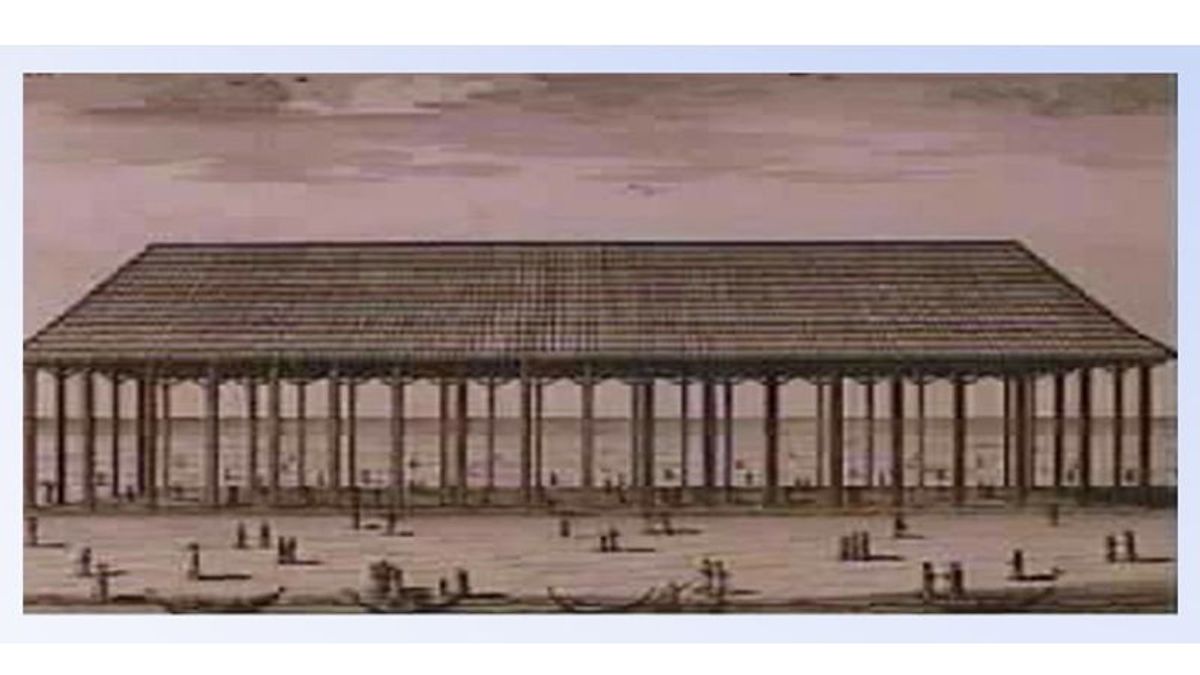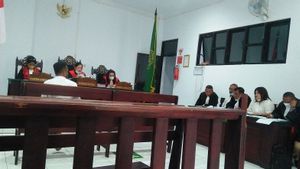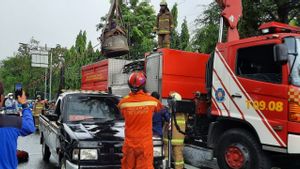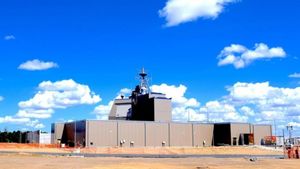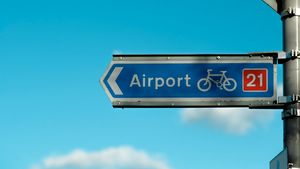JAKARTA - Archaeologist Andrew Huwae says Ambon City, Maluku Province, once had a magnificent traditional market building, as described by François Valentijn, former Dutch minister, naturalist, and author of "Oud en Nieuw Oost-Indin" (Old and New East India).
"During the colonial period, the market building in Ambon City to support the economy and trade of the people on Ambon Island and Lease was built very majestically," said archaeologist Andrew Huwae from the Maluku Archaeological Center in Ambon, as reported by Antara, Wednesday, November 24.
He said the construction of a traditional market in Ambon City was carried out in 1960, which was initiated by Dirk de Haas, the governor of the Dutch East Indies at that time. Located not far from the waterfront, the market building is elongated and open, without walls, with the roof supported by a number of pillars.
The traditional market in Ambon City at that time, he said, was described by François Valentijn, a former Dutch minister, as the most beautiful market he had ever seen, because its location allowed people to enjoy views of Ambon Bay from the gate that extends from the sea gate of Fort Victoria.
The naturalist and author of "Old and New East India", said Andrew, also mentioned the size of the market building was much larger than the church buildings in Ambon at that time, and was used by women from Leitimur to come to sell vegetables, meat, fruit, sago, and vegetables. so on for residents to buy.
"We now know the market as the Old Market. The market was originally built by the Dutch East Indies Government, until now the shape of the building has undergone several redevelopments," said Andrew.
SEE ALSO:
He said again, the magnificent Old Market building was severely damaged during the earthquake that hit Ambon in 1754. The rebuilding carried out by the Dutch East Indies did not resemble its old form and was not as grand as before.
During the earthquake in 1898, the market building was slightly damaged and repaired to be more permanent, it was built into several open buildings supported by poles and tin roofs, so that it looked like an open market.
The market building is built in several parts to group merchandise based on its function, to make it easier for residents to trade their goods and shop.
"The form of the market building that was rebuilt in 1898 which we have been using until now, is separated according to its function to sell vegetables, fruit, firewood, and so on," said Andrew Huwae.
The English, Chinese, Japanese, Arabic, and French versions are automatically generated by the AI. So there may still be inaccuracies in translating, please always see Indonesian as our main language. (system supported by DigitalSiber.id)
